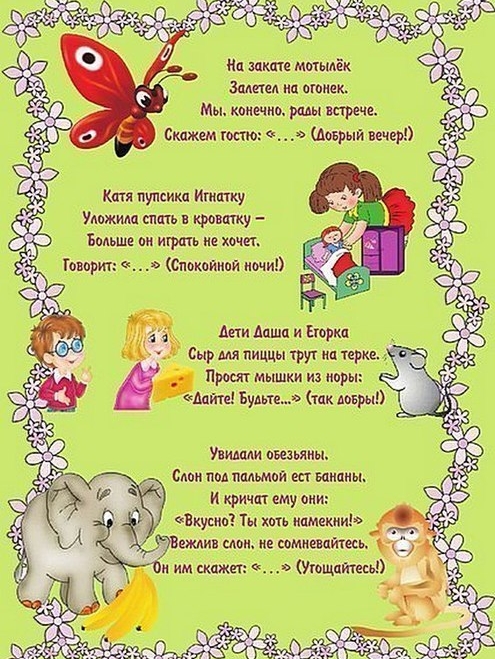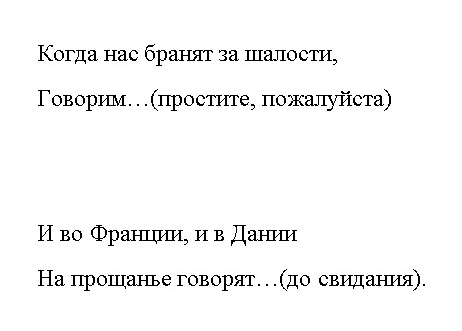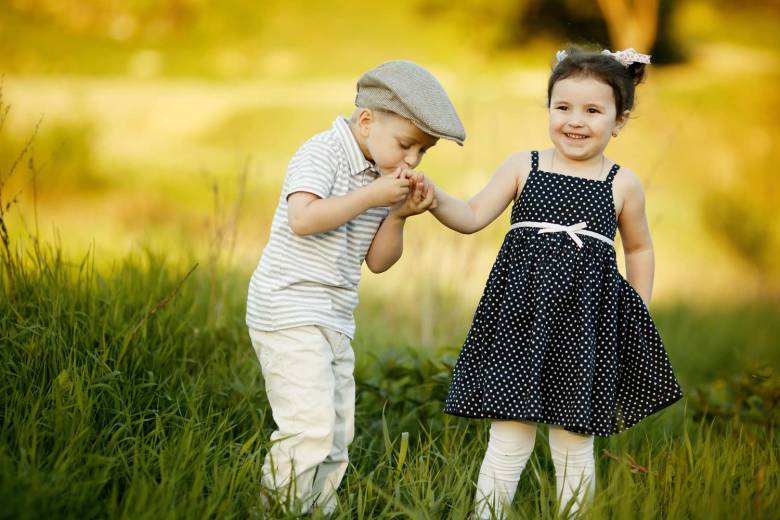
Good manners need to learn from childhood. The article will help teach the child with the rules of a table, theatrical, family and telephone lats.
The content of the article
- Types of etiquette of children
- Training Etheyt Children 4, 5, 6 years old and schoolchildren
- Video: Speech etiquette lesson on ethics
- Etiquette for children at the table
- Video: Presentation Etiquette and Table Conduct Rules
- Etiquette for children visiting
- Etiquette of the behavior of children on the street
- Etiquette of the behavior of children in public places. Etiquette of the behavior of children in the theater
- Video: Alphabet of etiquette. in the theatre.
- Speech etiquette for children. Etiquette of child communication
- Children's political etiquette: poems and riddles
- Etiquette of the behavior of children in the family
- Etiquette of the behavior of children in school
- Video: Rules of conduct in school
- Telephone lats for children
- Games on etiquette for children. Competitions, quiz for children in etiquette
- Etiquette: conversation with children
- Books on etiquette for children. Fairy Tales of Ethics for Children
- Calm and etiquette lessons: cartoon for children
- Video: Smeshariki Nyusha etiquette and politeness
- Video: The first lessons of politeness to children
- Video: Lessons for children. Etiquette, courtesy
The words "what a brought up child!", Abandoned by someone familiar or unfamiliar, sounds music for parent ears. They are proud for their child and for themselves, as they managed to instill the rules of good tone. Like any other things, teach a preschooler etiquette and a younger schoolboy in a game relaxed form.
Types of etiquette of children
Before you start learning a child with etiquette, it is necessary to understand himself and explain to him what this word is indicates.
Etiquette is the rules of behavior in society, that is, communicating with the surrounding people. These rules teach a child with good manners and pupils.
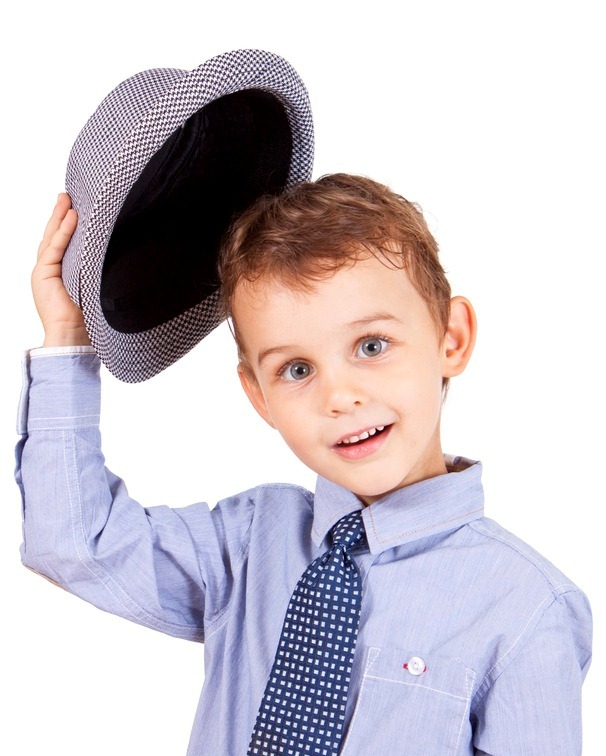
Teach the rules of good tone need from childhood.
Good manners are the abilities of a child or adult:
- behave when communicating with other people
- position yourself
And:
- characteristic gait
- speech (not only used when talking the word, but also volume and intonation)
- gestures and Mimica
- other
Every parent wants his child to behave well. But, unfortunately, not everyone understands that it is "good" means. To teach the baby with good manners, mom and dad must be familiar with moral and moral values.
After all, an example for the imitation and the only authority for the child in early childhood and preschool age are Mom and Dad. These people must, first of all, have salvation qualities themselves, namely, be:
- polite
- restrained
- modest
- responsive
- rational
- plot
- unobtrusive
- tidy
- neat
IMPORTANT: Also, parents should also understand that its environment has a significant influence on the development of their kid. So that the child had good manners, it is necessary to limit his contacts with those people who do not possess
Depending on the specifics of communication, distinguish certain types of etiquette:
- speech (verbal communication rules with others)
- table (communication rules during meals)
- day off (rules of behavior in public places for recreation, such as theater or cinema)
- family (communication rules between family members, including senior and younger)
- telephone (today it is advisable to attribute the rules for communication not only with the colloquial on the phone, but also when corresponding to SMS, email, other)
- guest (part of the behavior)
- passenger (rules of behavior in transport)
- educational (rules of communication with educators, teachers, classmates and classmates during the educational process)
professional - sports
- wedding
- mourning
- military
- religious
- diplomatic
- corporate
By age, the child is relevant to the first eight species.
Training Etheyt Children 4, 5, 6 years old and schoolchildren
When a child has 4, 5, 6 years old or school age before their eyes an example of parents, relatives and friends who have good manners and knowing themselves to behave, it's great. The kid will understand what it is necessary, he will take an example from people around him.
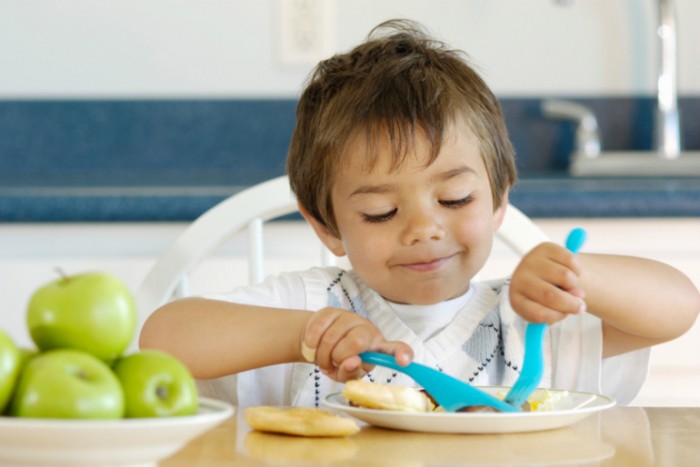
An already year old child can be explained that it is possible, and what is impossible.
In parallel with this, the training of etiquette should occur and purposefully.
- To teach the child to the rules of behavior, it is already necessary to start in the year, because at that time he first "separated" from Mom and begins to lead an active life - to walk on their own and try to communicate with other children. At this age, parents can control the behavior of a child with the help of intonation, expressions of the face and gestures, the words "you can" or "can not", praise and censure (which, again, are expressed by the intonation of the voice)
- At about two years, the kid must already have certain communication skills with people and the deposit of good manners, because at this age, most likely, he will go to kindergarten. Socialization will begin
- In 4-6 years, in preschool age, the child must already be consciously, purposefully and systematically learn the rules of good tone and communication. The role of teachers are his parents and teachers of the preschool institution. The baby must understand that the fiction and good manners are his assistants in gaining new friends, communicating with peers and adults. Training a preschooler etiquette occurs in the game
- At school, the requirements for the child are increasing. He is already independent and conscious. From the ability to behave and communicate in many ways, its success in school, a good attitude towards him from teachers, authority among classmates. The child is already able to read, he needs to offer children's books on etiquette
Important: The rules of good tone must be fixed. Child needs to communicate with children to be able to behave in their team. Also, parents must organize the baby hiking in the circus, theater, exhibitions, cafe, other
Video: Speech etiquette lesson on ethics
Etiquette for children at the table
How surprising it does not seem to be, but the teaching of the kid to the table etiquette begins up to the year, with the introduction of dishes of the dust or from the moment when the crumb is handed a spoon, so that he tries to eat independently.
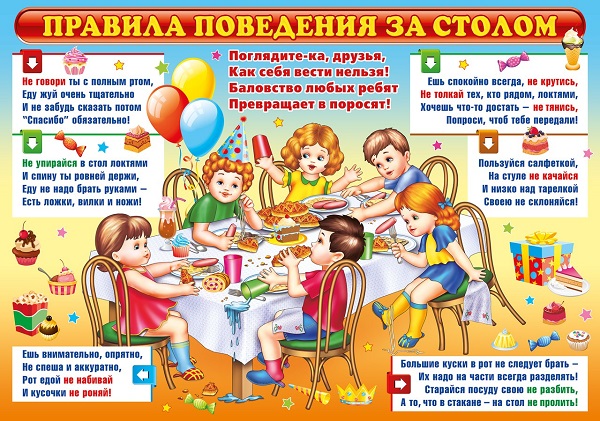
Table etiquette for children.
Already then the crumb should find out that:
- eat in strictly reserved places - in the kitchen or in the dining room
- for food use special items - see and cutlery
- food is not a game
- you need to eat neat
IMPORTANT: Even before a year you need to offer a napkin and show that it needs to wipe the mouth during meals
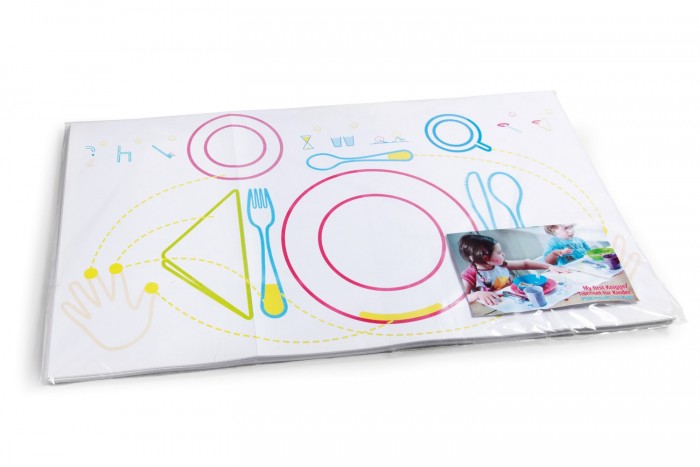
Software to serve the table to children will help such a scheme.
Further, in preschool age, the baby must learn that the table is necessary:
- Use the desired cutlery. You need to start with the elementary: the first is eaten from a deep plate, the second is out of shallow; The plug is kept in the left hand, and the knife is in the right (if, of course, the baby is not left-hand), so on. Later you need to explain to the child the rules for the use of more complex cutlery, such as a cocktail fork or a fish knife. Mastering the table setting a child will help a special scheme - picture, as in the photo
- Sit smoothly, with a straight back. To assimage this rule, it is necessary that the child has a dining chair corresponding to its growth
- Do not talk and do not indulge. Here it is not sin to remember the phrase "when I eat, I deaf and him", come up with a game that would illustrate how ugly, when someone induced at the table
- You need to eat neatly, not to smear food on a plate
- Share pieces on big so as not to stuff your mouth
- Wiping his mouth with a napkin
- Do not stretch across the table for some dish and asked to convey his
- Do not put your elbows on the table
- Not to take to the table toy
- Show concern for others
- Speak polite words, beginning to a meal ( "Bon appétit!") And ending with her ( "Thank you!")
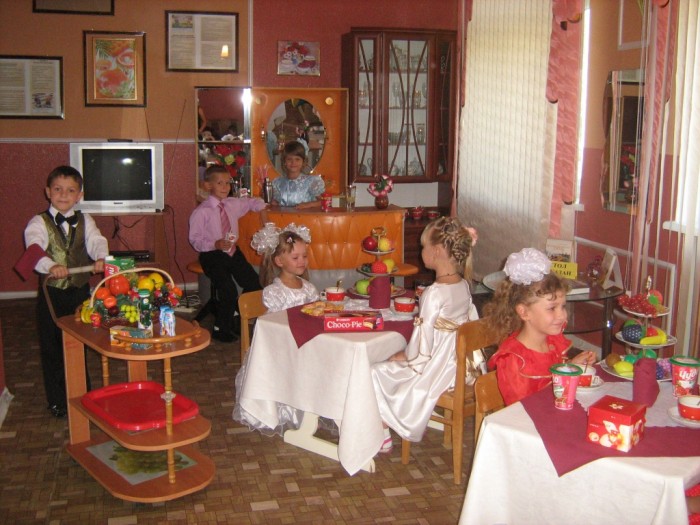
Learn table etiquette will be easier for the child in a playful way.
IMPORTANT: The parents do not teach a child while dining etiquette to overdo it - sometimes teaching and criticism on their part look more impolite than self-indulgence on the part of the child
VIDEO: Presentation Etiquette and table manners
Etiquette for children at a party
When a child comes to visit an adult familiar parents, or children, your friends, it goes kind of examination for breeding. He will pass it successfully, if it is to know that:
- Visiting need is by invitation only. Unexpected visit is unlikely to be pleasant hosts
- Call or knock at the door need unpressing maximum twice
- Come to visit with empty hands is impolite, you need to have with them at least a symbolic fairing
- The first thing you have to do a guest - say hello
- As a guest, you need to keep a low profile and quiet. Do not touch things without asking, especially climbing in closets, open drawers. You can not run around and make noise
- You can not let the negative comments about the owners of the house and its environment, even if it is not too clean or unpleasant smells
- If you want to see something of the home environment (souvenir, photo, toy, etc.), you need to ask for permission from the owners
- Before leaving home, you need to thank the hosts for their hospitality and good time
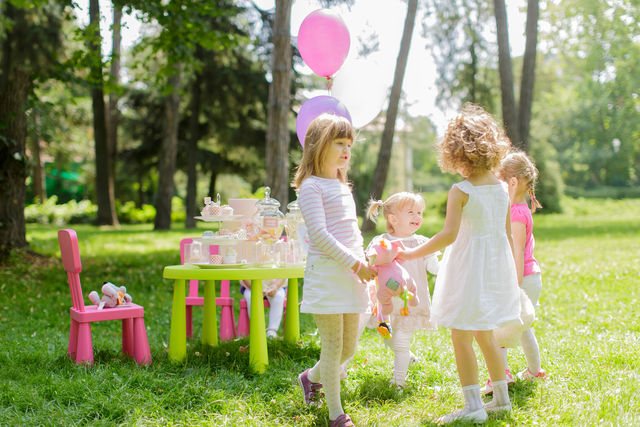
Hike to visit - exam polite child.
IMPORTANT: It is necessary to explain to the child what to leave home by guests need immediately, as it will be asked by parents. Even if you play at a party is very interesting, the baby should not be whining, capricious, asking to stay a little longer. Too long a visit can be tiring for the hosts
Etiquette behavior of children on the street
Being on the street, the child remains of other people in society, unless, of course, is not a walk somewhere in the woods. His behavior, he should not give them discomfort.
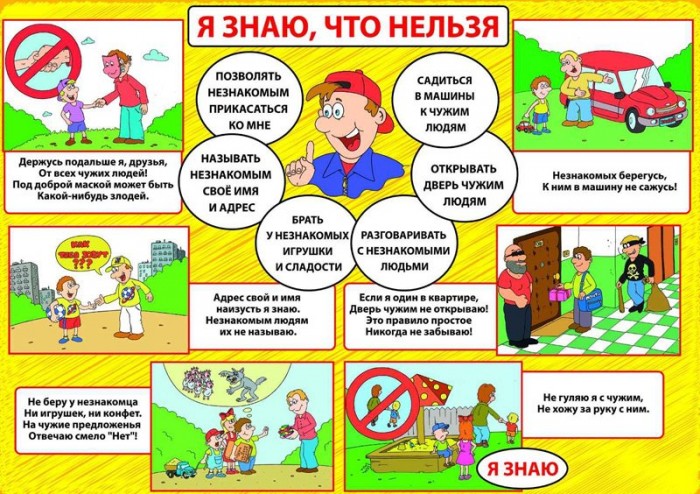
Rules of conduct on the street.
Parents should explain to the kid that:
- You need to walk on the sidewalk on the right side. Then we are able to avoid collisions with those who went out to meet
- You can not make a mess. To cover from candy, bits, there are other garbage bins
- You can not show the finger at passers
- It is impossible to stop in the middle of the sidewalk, blocking the path to those who are behind. If the lace unleashed, you need to move aside and there it is already tied
- It is necessary to follow the rules of the road. This is a question of security.
- With familiar people need to greet
- Never talk or leave unfamiliar people
- It is better not to eat on the go. To shrink an apple or enjoy ice cream, it is better to sit on a bench
IMPORTANT: from small age you can pass the boy to help my mother wearing shopping. Then the chance that he will grow gallant, will increase
Etiquette of the behavior of children in public places. Etiquette of the behavior of children in the theater
Today, parents have the opportunity to "bring the child to the light" - to visit public places with him:
- children's gaming rooms
- amusement parks
- zoopar
- theaters.
- museums
- exhibitions
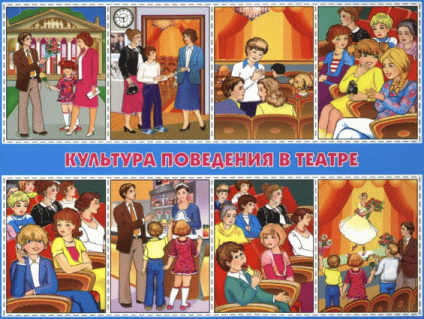
Looking at such a picture, the child must say as it can and how can not behave in the theater.
So that such a pastime does not turn around the nightmare due to the terrible behavior of the child, parents must explain to him that it is possible, and what is impossible.
So, in the theater:
- It is necessary to come to the presentation on time. The appearance in the auditorium after the third call is disrespect for actors and discomfort for other viewers
- Upper clothes must be left in the wardrobe
- Before view, you need to go to the toilet so that later I did not have to go there during the presentation
- If it is necessary to get through the chairs on which people are sitting, you need to go to them
- If someone needs to go to his place by a child, he must bring and miss the person
- It is necessary to occupy an exclusively place that is specified in the ticket.
- During the performance, it is impossible to eat and drink, it can be done in a buffet in a break
- During the performance, you can not talk
- In the queue in the toilet, the buffet or wardrobe can not be pushed
IMPORTANT: Modern important rule: if the child has a mobile, it is better to disable it for the time of the performance. Talking on the phone in the theater - the manifestation of extreme immobility
Video: Alphabet of etiquette. in the theatre.
Speech etiquette for children. Etiquette of child communication
Knowledge of the rules of speech etiquette is the key to the successful communication of the child with its surrounding adults and children. It includes:
- acquaintance
- greetings
- attraction and retention of the attention of the interlocutor
- the ability to ask
- the ability to refuse
- ability to apologize
- skill sympathize
- congratulations
- parting
- gratitude
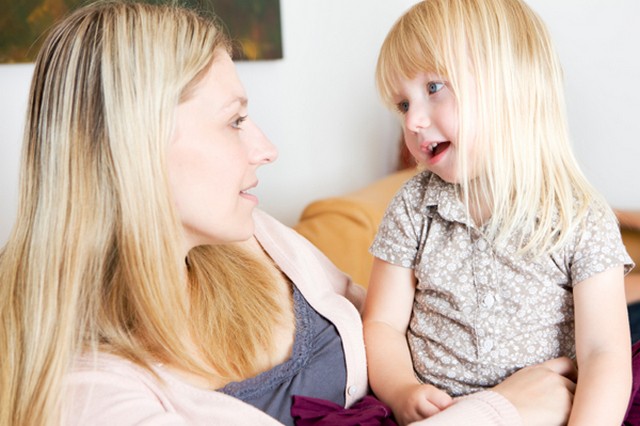
Beautiful, correct and polite speech of the child is his dignity.
Communicating, the child of preschool age should already:
- Be friendly with adults and children, greet with them
- Say goodbye
- Speak polite words of gratitude, sitting at the table and leaving him
- Asking for anything, do not forget to say "please"
- To adults to contact you
- Do not interrupt the interlocutor during a conversation
- Do not raise your voice to the interlocutor, whether it is an adult or a child
- Be able to ask forgiveness if not right
- Do not speak bad words and not to call
- Do not invent children with nickname
- Do not use in speech words - parasites
- Don't interfere in conversations
Children's political etiquette: poems and riddles
In the form of short and rhythmic rhythms, children will be easier to learn the rules of good tone.
In addition to the actual rules of the rhyme etiquette:
- training child's memory
- sports a child's speech
- expand the child's vocabulary
Here are some examples of interesting rhymes:

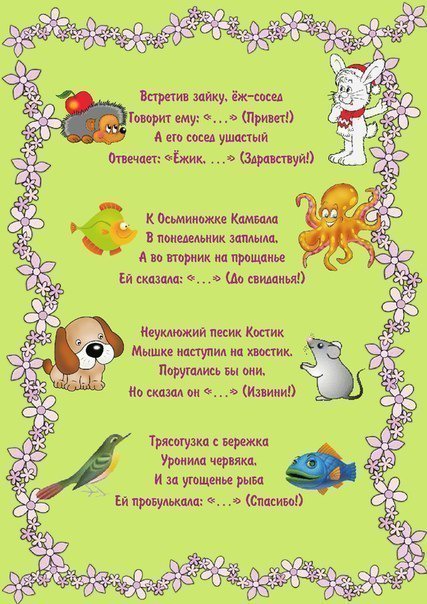
Etiquette of the behavior of children in the family

The child must behave politely and at home, in the family circle.
Those times passed when they were addressed to Mama and Papam. Today, communication in the family is more free. However, the child should know that:
- communicate with adults need politely and with respect
- cannot be interrupted with parents, grandparents
- entering the room adults, you need to knock
- it is impossible to jabing parents for brother or sister
IMPORTANT: In turn, parents must politely relate to children, take into account their wishes and interests, in no case do not forget that they, albeit small but personalities
Etiquette of the behavior of children in school
When a child goes into the first class, a completely new life begins for it. Now he has a completely new feature: he is a student. Parents of the house and teacher at school should explain to him the rules of behavior in school.

At school, the child must adhere to special rules of behavior.
Here is some of them:
- In school it is impossible to be late. Need to come 10-15 minutes before the start of classes
- You must have changeable shoes with you.
- In the class you need to sit in your place
- Need to have all the necessary accessories with you
- It is impossible to talk during the lesson, to communicate with children there is a change
- Do not need to do homework
- To the teacher, you need to show respect
- Before graduation, it is impossible to leave the class
- You can skip the lessons only by illness
- If the teacher enters the class, welcome it needs standing
- If the lesson wanted to the toilet, you need to raise your hand and ask permission for a while leaving the class
- Do not shout on change, do not run along the corridors, do not push and not fight
- Other
Important: In many schools today has their own rules. About them should tell the class teacher. Sometimes such rules are published in brochures and distribute to all class students.
VIDEO: School behavior rules
Telephone lats for children
Mobile phone There is almost every modern first forefront. Child need to teach how to talk to him and write sms.
- talking on the phone you need to start with greetings
- all the rules of speech etiquette are complied with the phone
- messages, even if they are addressed to a friend, they are written correctly, only acceptable reductions are used in them.
- at school, clinic, public places (theater, planetarium, cinema, other), talking on the phone unacceptable
- promise call back need to perform
- you can not respond to the phone of another person, if only he himself asked about it

Giving a mobile child, you need to not forget to traine his phone etiquette.
Games on etiquette for children. Competitions, quiz for children in etiquette
Learning and consolidating the rules of good colors to children will help the game.
Important: Ready-made scenarios of games Parents can find in special books or online. If you connect fantasy, you can invent them yourself. The main thing is that the game is targeted
- The game "Tea drinking at Malvina". The basis of the game is the famous children's fairy tale "Buratino". A few children or a child with toys can play the game. Her friends come to visit Malvina. They show politeness, healthy with the hostess, wondering how she is doing. One Pinocchio behaves impolitely, says loudly, interrupts others. When the tea party begins, he eats jam hands, "Serb" from a cup, stretches through the entire table behind a piece of cake. The task of Malvina and her guests is to explain Buratino that he behaves wrong and tell about the rules of good tone away and at the table
- The game "My phone rang." In the child, the phone calls the phone. He must politely answer the call: greet the caller, talk to him, then say goodbye. After everything happens the opposite
- Competition "That's right and wrong." It is carried out after the child learned the foundations of the etiquette. May be group. Child give a bell or check box. Adult reads situations. If the rules of good tone are violated in some of them, the child must raise the flag above his head or call the bell, call that in the situation it was wrong, as it was necessary to actually come. For example: "Masha in the theater during the performance ate a sandwich and talked on the phone with her girlfriend." Masha arrived wrong. In the theater you need to eat only in the buffet in the intermission, talking on the phone during the performance can not
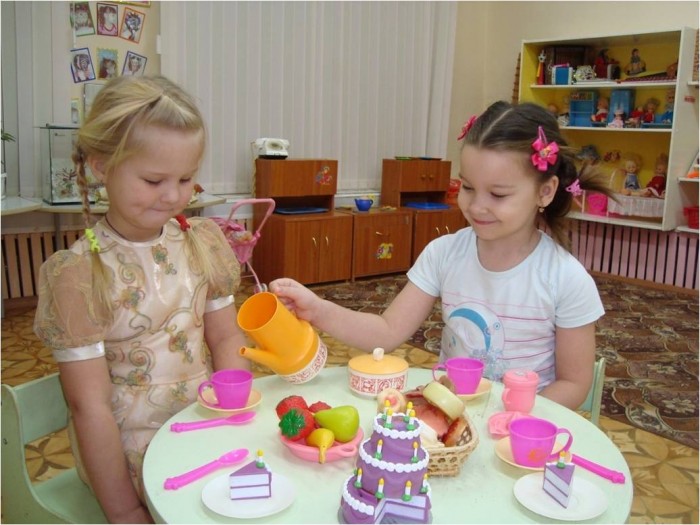
The game in tea drinking will help children learn the rules of behavior at the table.
Etiquette: conversation with children
Under the conversation in pedagogy implies purposeful communication. It is an effective method of upbringing certain qualities in a child of senior preschool or school age, not earlier.
The conversation on the etiquette in order to clarify the rules of good tone in one way or another:
- should not be long
- should not be monotonous
- must be interactive
- should be illustrated with cards, posters, tutorials, cartoons, other
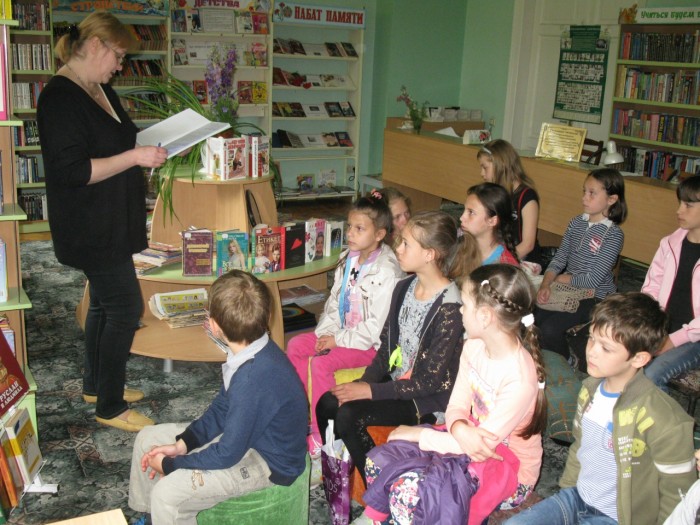
Interviews on etiquette - element of educational work at school.
Usually, such conversations are held by educators with groups of children in kindergarten or school.
Books on etiquette for children. Fairy Tales of Ethics for Children
In any children's store you can buy books on etiquette for children. It can be instructive fairy tales in prose and verses or something similar to the set of rules. Choose a good book, according to which the baby will easily learn how to behave, the following tips will help:
- The book must correspond to the child's age. If it is designed to the baby preschool age, it is better that it is not too long a poetic fairy tale with any interesting character
- In the book there must be thematic illustrations, then the child is better in the information in it
- There are books on any one type of etiquette or on the rules of behavior in a certain situation (in the theater, transport, in the playground). Such books are good because they do not overstep the child with information and are better absorbed
- If the child is already able to read, the book is intended for him, and not to read the parents, it must be written by a simple and understandable child with the language, the font in it should be large
Important: There are very interesting books - encyclopedias for boys and girls. In such necessarily present a section on etiquette
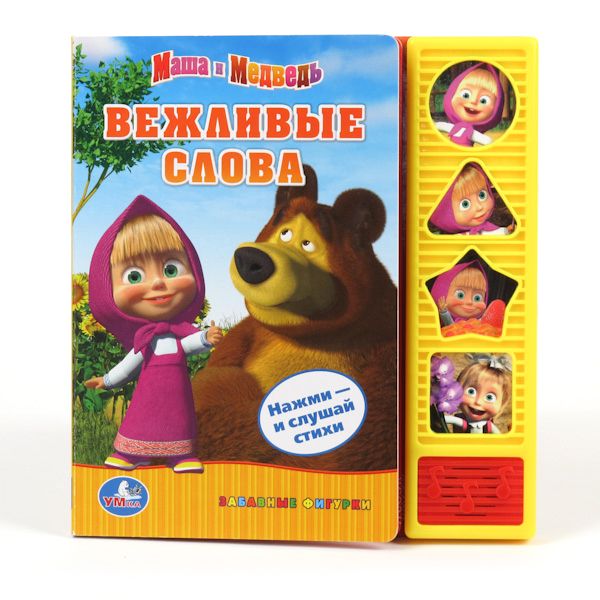
Book on etiquette for kids.
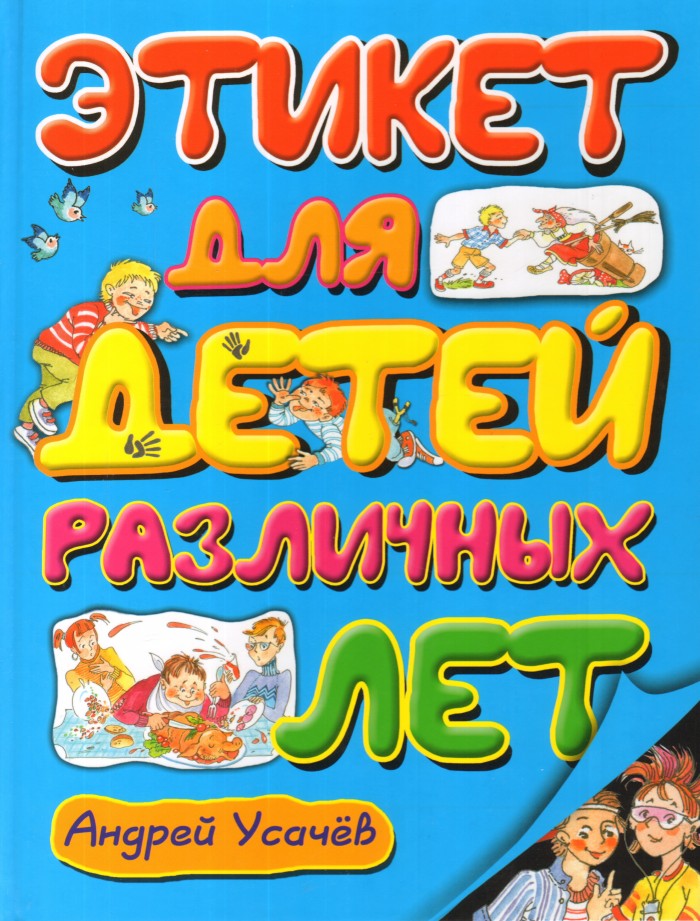
A children's book on etiquette.
Calm and etiquette lessons: cartoon for children
It so happened that modern children do not imagine their lives without cartoons. Why not combine pleasant with useful and not turn on the baby cartoon, training etiquette?
Video: Smeshariki Nyusha etiquette and politeness
Video: The first lessons of politeness to children
Video: Lessons for children. Etiquette, courtesy

